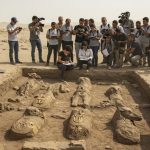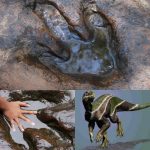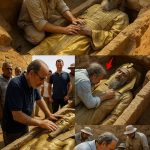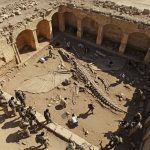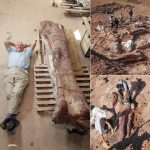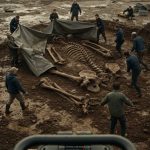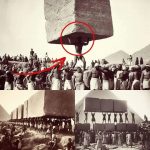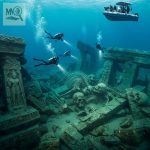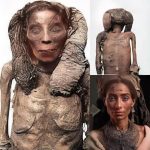When Myth Meets Reality: The Centaur Skeleton
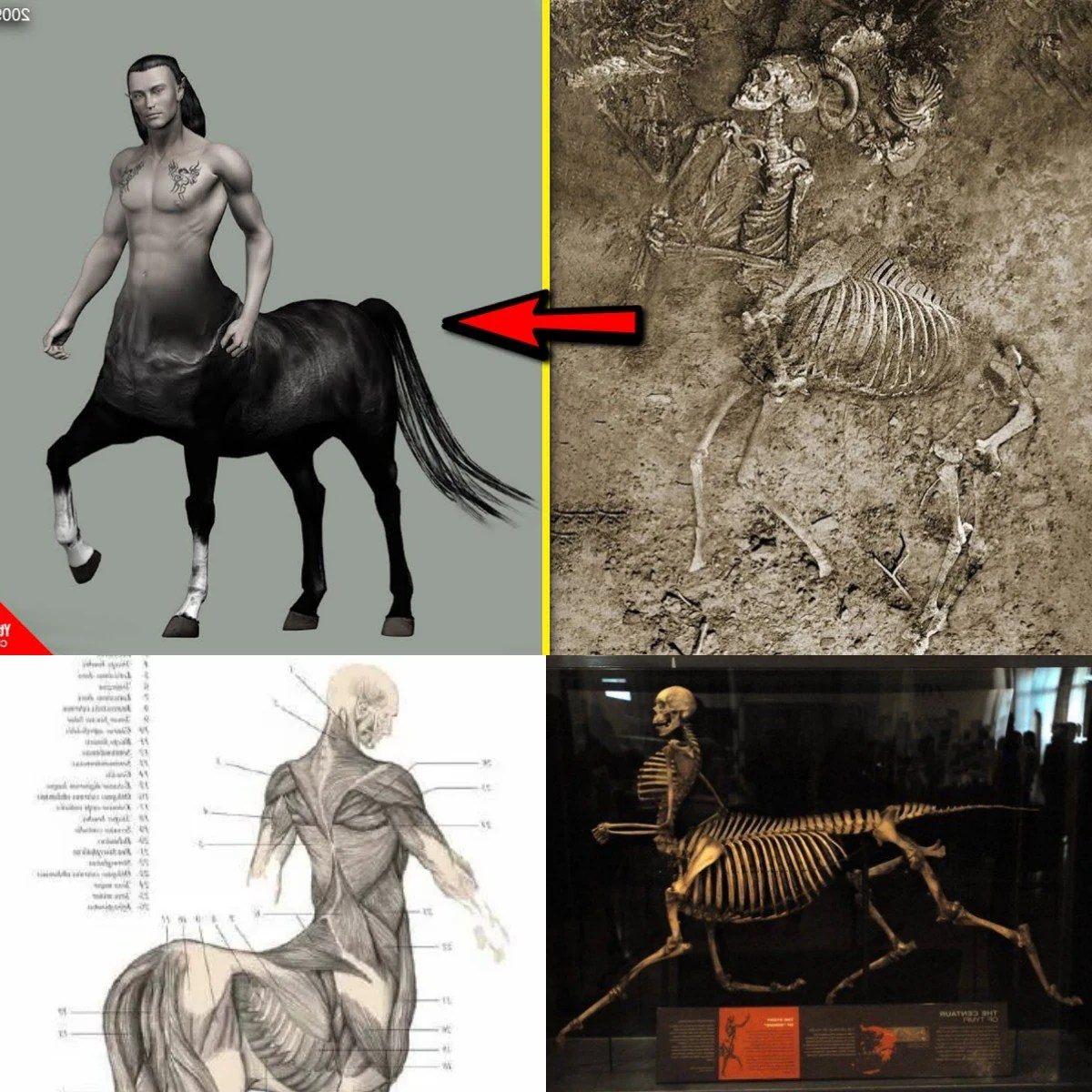
In a discovery that reads like the pages of an ancient myth, Greece has reportedly unveiled a remarkably preserved Centaur skeleton, captivating historians, archaeologists, and enthusiasts worldwide. For centuries, centaurs—half-human, half-horse creatures—have populated myths, legends, and epic tales, symbolizing the fusion of humanity and nature, reason and instinct. This extraordinary find challenges the boundary between imagination and reality, suggesting that ancient storytelling may have roots in tangible phenomena.

A Skeleton Beyond Imagination
According to initial reports, the skeleton exhibits a fusion of human and equine anatomical features, preserved in a state that allows detailed examination. The discovery provides researchers a unique opportunity to study a specimen that seems to validate folklore in an unprecedented way. While centuries of myth painted centaurs as fantastical beings inhabiting forests and battlefields, the skeleton offers a concrete, physical link to stories once thought purely allegorical.
Every bone of this skeleton appears to hold significance. Researchers are analyzing the structure, studying muscle attachments, and exploring the possibility of evolutionary anomalies or previously unknown species. The combination of human-like and horse-like characteristics raises questions about how myths may have originated from encounters with unusual creatures or misunderstood anatomy in ancient times.
Bridging Mythology and Archaeology
This discovery has profound implications for the study of ancient civilizations and the origin of myths. Mythology has often been dismissed as symbolic or allegorical, yet finds like the Centaur skeleton suggest that legends may have been inspired by real observations or extraordinary biological phenomena. For historians and archaeologists, the challenge lies in deciphering fact from fiction while appreciating the cultural context in which these stories flourished.

The Centaur skeleton also prompts interdisciplinary collaboration. Biologists, anthropologists, and paleontologists are working alongside classicists and mythologists to interpret the find. Together, they are exploring whether this specimen represents a previously unknown species, a rare congenital anomaly, or an example of how myth and reality can intertwine in the human imagination.
The Global Fascination
The announcement has ignited curiosity worldwide, highlighting humanity’s enduring fascination with the fantastical. Museums, universities, and scientific institutions are eager to study the skeleton, while popular media explores its cultural and historical significance. This fusion of myth and science reminds us that storytelling has always been a way to understand the unknown, to give life to imagination, and to inspire wonder across generations.
Conclusion
The Centaur skeleton discovery in Greece is more than an archaeological breakthrough—it is a reminder of the deep connection between human imagination and the natural world. By bridging myth and reality, it challenges our understanding of ancient storytelling, biology, and history. Whether the skeleton represents a real biological anomaly or a glimpse into how myths emerge, it reignites curiosity and wonder, encouraging a reevaluation of the creatures and stories that have inspired humanity for millennia. As researchers continue to study this extraordinary specimen, the line between legend and fact becomes ever more intriguing, proving that myths may carry echoes of real phenomena waiting to be discovered.
